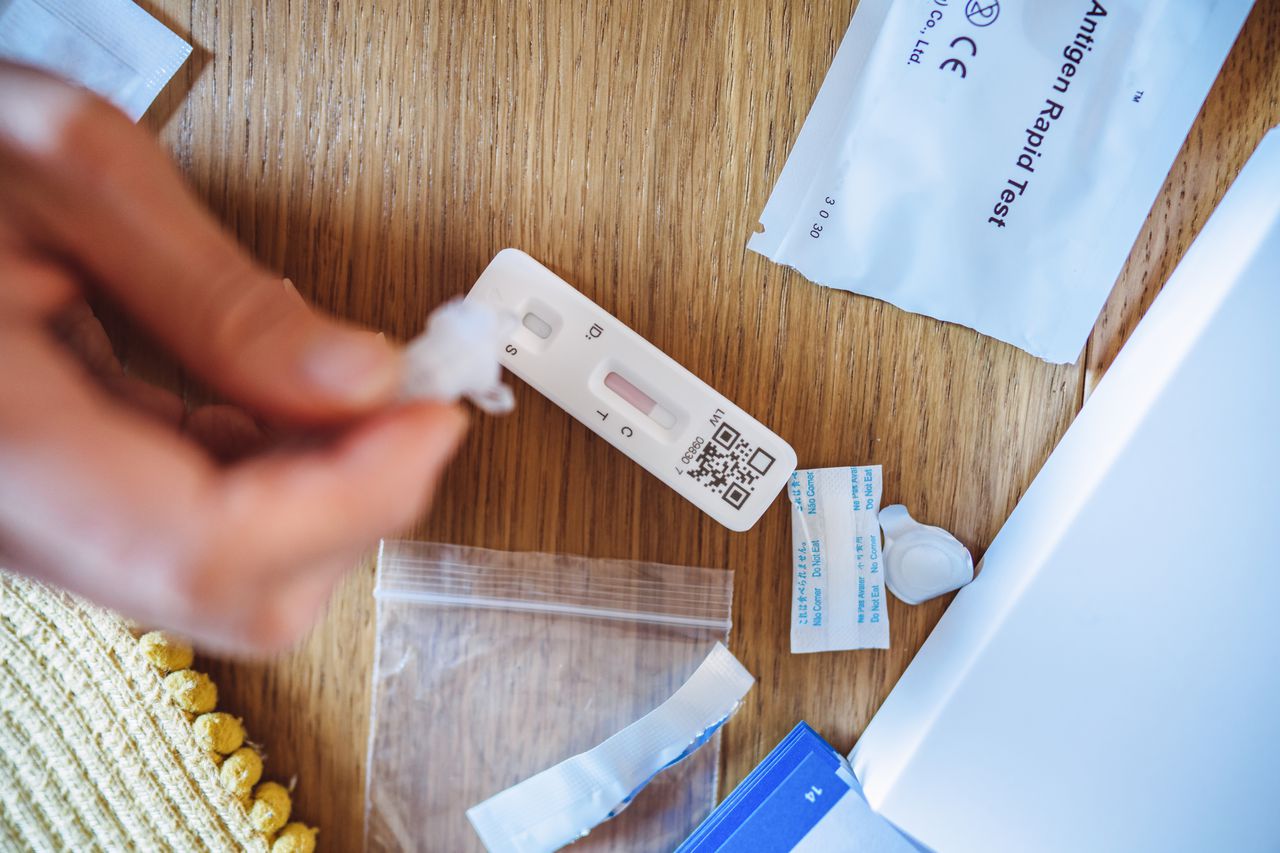COVID hospitalizations rise in Alabama, around the country
COVID-related hospitalizations in Alabama have increased as health experts said an uptick in cases could indicate s slight summer wave.
Centers for Disease Control and Prevention data shows Alabama reported 138 new hospital admissions due to confirmed COVID-19 in the week prior to July 15, the latest figures available. Those numbers represent a 45% increase in hospitalizations in the state. The percentage of emergency room visits related to COVID remains “minimal” at 1%, according to the CDC.
The uptick in Alabama’s numbers reflects a national trend.
According to the CDC, COVID-19 indicators, including hospital admissions, emergency department visits, test positivity and wastewater levels tracking are increasing nationally. CDC guidance is tied to hospital admissions levels, which it maintains are low for more than 99% of the country. That’s a move away from previous tracking based on positivity rates, something the health agency said became less reliable with the growth of in-home testing.
The increase in hospitalizations isn’t surprising, according to health officials.
“U.S. COVID-19 rates are still near historic lows after 7 months of steady declines,” CDC spokesperson Kathleen Conley said in a statement to CBS News. “The U.S. has experienced increases in COVID-19 during the past three summers, so it’s not surprising to see an uptick.”
Nationally, hospital admissions due to COVID-19 are up 12% though deaths due to the virus remain flat. At least 7,109 admissions of patients diagnosed with COVID-19 were reported for the week of July 15, up from 6,444 the week before.
Since the start of the COVID pandemic, more than 6 million Americans have been hospitalized due to COVID with 1.1 million deaths.
The Alabama Department of Public Health ended its tracking of COVID at the end of the public health emergency so all data is maintained by the CDC. According to ADPH, it monitors CDC data on COVID trends.
